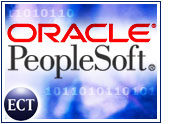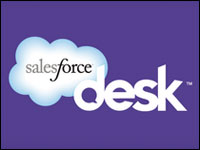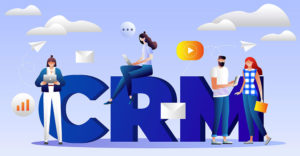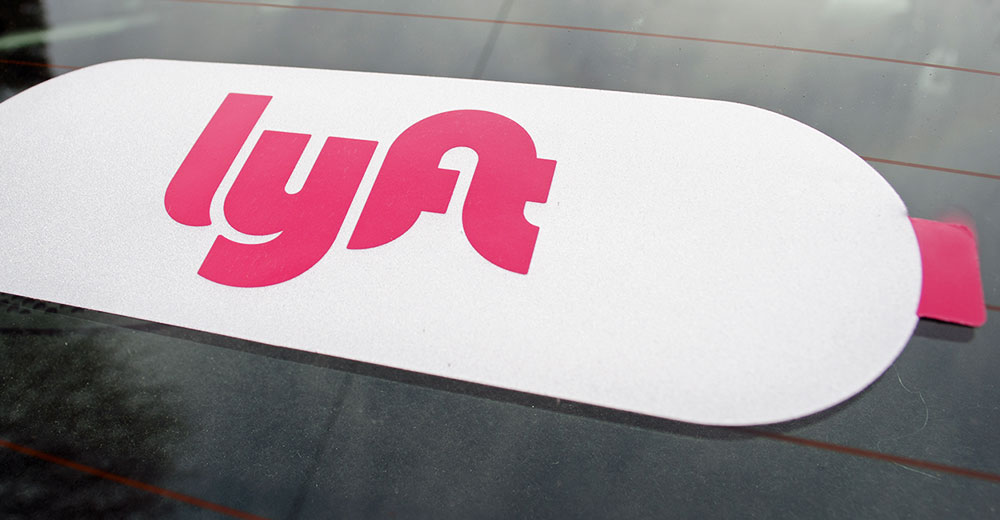
CRM is all about the front office and those processes that affect or touch the customer. After 15-plus years of software development aimed at this space, you might think that there’s nothing left to be said — or, more precisely, done. You’d be wrong.
Dick Lee, principal of High-Yield Methods and writer of the blogCustomer Alignment, has been on the warpath (his words) for years over this issue.
“Companies are still not paying sufficient attention to their processes in the front office — to any process, as a matter of fact, that is outside manufacturing,” he told CRM Buyer.
Frustration Escalation
Poor processes directly affect a company in two ways: They annoy customers, and they generate additional costs, which are eventually passed on to the customer.
For instance, partially trained, poorly paid first line agents often take customer complaint calls, Lee wrote, “but these agents can’t resolve a high percentage of problems. So callers either hang up disgruntled, or, if they really need an answer, they demand to speak to someone more qualified.
“If the level-one agent is willing to escalate, and some aren’t, callers are put through to ‘supervisors.’ These blokes make callers repeat all the same information they already gave to first-line agents. And then (and I love this part), they just patch through the caller to a higher tech tech,” he continued.
It’s ugly from the caller’s standpoint, Lee wrote, but also ugly from the company’s standpoint, “because these efforts to save money by chintzing on service only increase labor costs, rather than reducing them.”
Other areas in the front office Lee focused on in his postWhat Needs process Fixin’ in the Front Office? Six Quick Hits include mismanaged sales lead campaigns, order-entry processes that require re-keying of data, cumbersome credit approval processes, and an “all hands on deck” approach to customer service.
Change Management
Change of any sort — even a better sales proposal process — is difficult. Unfortunately, just about any CRM system implementation requires some internal change. One CRM blogger took a stab at the topic of successfully implementing change in his postCustomer Experience Management’s Achilles’ Heel is making Change Last.
“From my experience working in companies who have launched customer-facing strategies to working with clients to launch CRM initiatives as an analyst, the issues of making people change consistently surfaces as the most time-consuming and often the most problematic area of rolling out any new system,” wrote Louis Columbus, with Cincom Systems’ Enterprise Compliance & Quality Management Practice.
“Changing a strategy requires a change in attitude to make it successful; all the best software in the world will for example not turn an introverted accountant into a stellar salesman. Yet attitude can do that — and that’s where I think it’s important to re-visit the most expensive area of any CEM and CRM strategy — getting people to change.”
Columbus’ path to successful change includes open communication, getting people involved early, getting managers to use their computers (“there are those managers who don’t know how to use their PCs or laptops — and everyone at their companies know this,” Columbus writes) and realistic guidelines and timetables.
Reading Material
Software as a Service is a perennial topic for CRM bloggers and, of course, book authors. Brent Leary, who writes Brent’s CRM Blog,recommended Webex cofounder Subrah Iyar’s bookWhy Buy the Cow? How the On-Demand Revolution Powers the New Knowledge Economy.
“I think anyone who’s interested in SaaS and where it will take us, should think seriously about checking this one out,” Leary wrote. “I like it because it features the voices of folks who were at the forefront of the whole On Demand movement, made it [through] the Dot Com Bust, and proved that the model could work. And I’m really glad they didn’t make this a sales and marketing tool, but a helpful, straightforward read on how you should view SaaS and its current and future impact on how we do business.”
Speaking of SaaS
By now, the case for SaaS is not only well established, but also growing stronger, as analysts incorporate intangible benefits into their ROI (return on investment) models. So, it is welcome to hear at least one blogger question whether the model is applicable to every situation.
Judith Hurwitz, a principal with Hurwitz & Associates and “professional troublemaker,” according to her post, thinks that too few companies put in the necessary due diligence when opting for the SaaS option.
“Just because it is SaaS doesn’t mean you might not have the same potential problems that crop up with licensed software,” she told CRM Buyer.
SaaS can make a lot of sense, Hurwitz said, but companies need to ask hard questions — of the vendors and internally — before they buy into the model.
In her post,Should The Saas Customer Beware And Be Educated? she maintained that if a company can’t answer the following questions, it needs to reevaluate some of its assumptions about SaaS:
- How do you know that the product is based on SOA (service-oriented architecture)?
- What is the underlying database for your company’s data?
- How often is that data backed up and where it is backed up?
- Do you actually own your data? Is it available to you on a regular basis? If you take your data can you move it to another platform if you need to?
- How easy it is to integrate the SaaS platform with either existing software you plan to continue to use or new software?
- If you should outgrow the platform what are your options?
- What if you suddenly decide to take the software in house? Can you do this with the same company?
- Do you have an internal person who understands the software well?
“If not,” Hurwitz concluded, “you may just have to take the vendor’s word that the software does the job you expect.”
























































